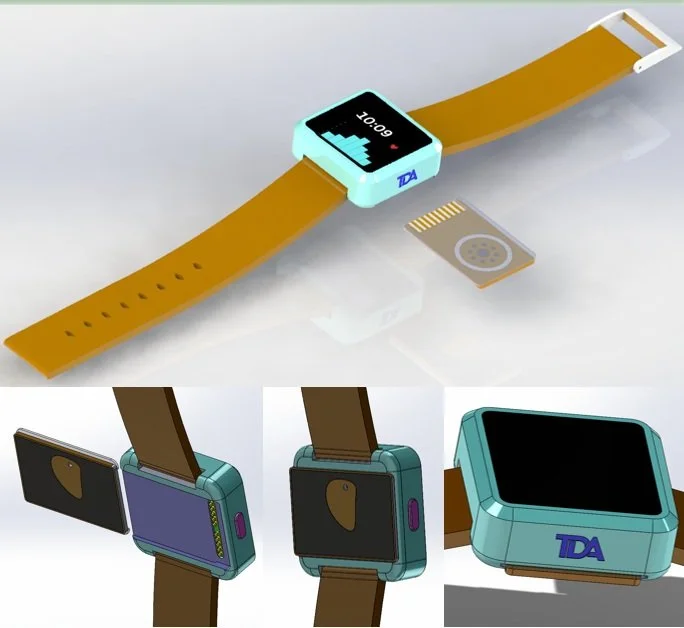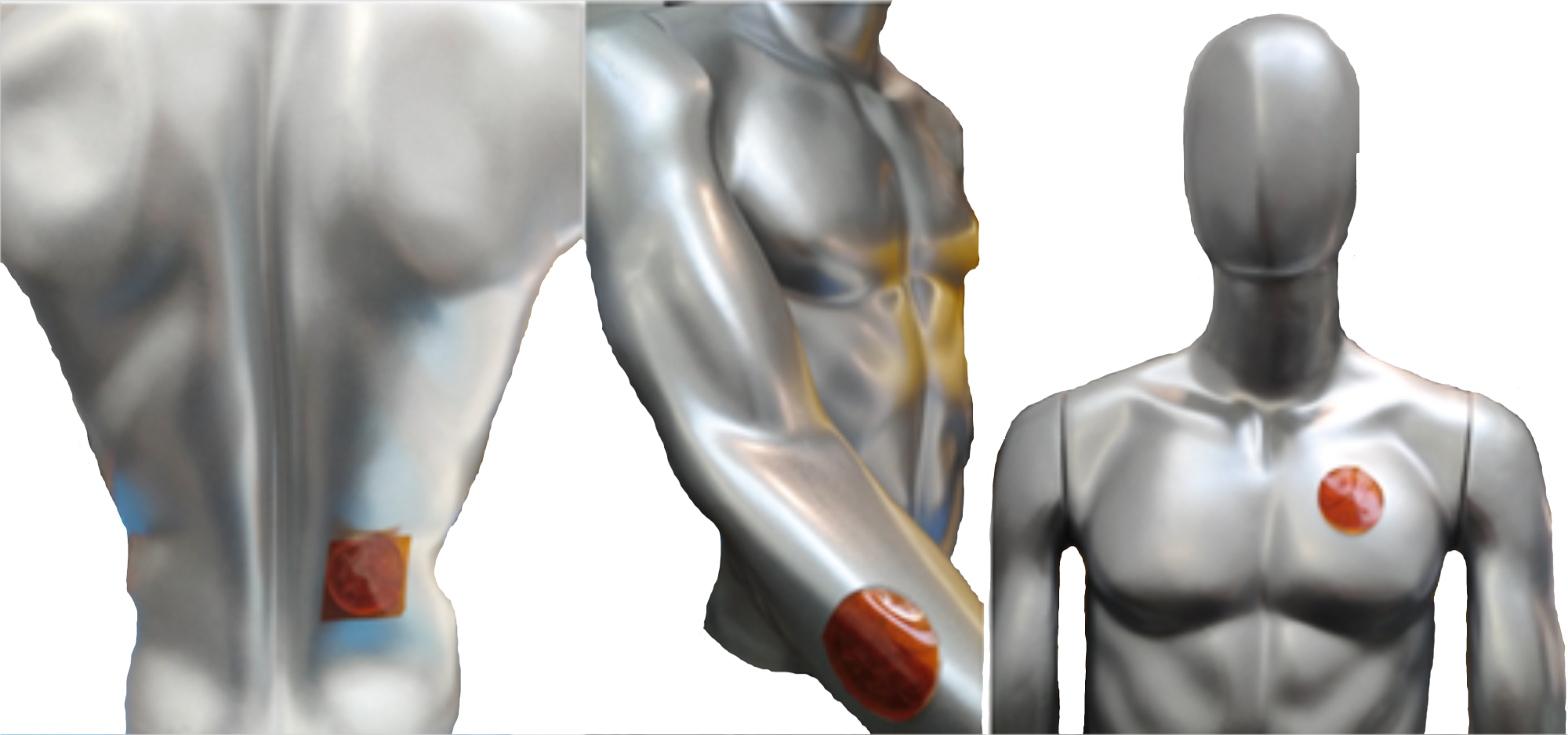Wearable Sweat Sensor
The consequences of degraded human performance is of critical importance, not only during Department of Defense (DoD) missions, but also to the general population as well. For example, fatigue, both physical and mental, is a recurrent problem, costing businesses an estimated $150 billion annually in lost productivity (Institute of Medicine of the National Academies 2006). Caused by many factors such as sleep deprivation, persistent mental activity, and prolonged physical exertion, fatigue can have negative effects on individuals across all walks of life. Heat-injuries to Tri-Service trainees impose great risks as well. In the Air Force alone, more than 200 trainees per year experience a significant level of heat injury, resulting in substantial losses in training time, potential injury, decreased mission effectiveness, and loss of life. Therefore, it is important to be able to non-invasively detect and mitigate the risks to individuals who are facing the challenges in physiological and cognitive performance, without interfering their job duties.
Sweat is an information-abundant medium. Earlier human subject studies on the levels of molecular biomarkers such as interleukin-6, neuropeptide-Y (NPY), and cortisol showed that their physiological concentrations can be related to the human cognitive levels (Morgan III et al. 2002). The mass spectrometry study was performed on perspiration samples collected using commercial sweat patches. Looking at subjects with major depressive disorder and healthy human subjects indicates that the concentration of secreted cytokines and neuropeptides are possible indicators for the human cognition level (Rojas Vega et al. 2006). Collectively, a sweat sensor patch metering sweat rate and detecting molecular targets including, but not limited to, peptides, small molecules, and/or volatile organic compounds in human perspiration can be a game changer, and has the potential to be a useful and minimally invasive method of human protection and performance monitoring.
Obtaining days of continuous sampling of sweat from an identical dermal spot has proved challenging using conventional sweat collectors, resulting in inconsistencies of sample quantity, contaminants, and exact time stamping. Thus, sampling hardware that can collect identical volumes of chronological sweat samples is in great demand. The temporal collection of sweat will allow for monitoring changes in the sweat metabolome and proteome biomarkers as a test subject’s sweating progresses over time. The chronologically obtained sweat sample from a body/skin-conformal sweat patch enables one not only to analyze the biomarker profiles without intermittent sampling gaps, but also to provide an effective real-time sweat sensing platform that paces its response to the more precisely time-stamped samples.
TDA Research (TDA), in collaboration with Texas Tech University (TTU), has developed a modular sweat sensor patch that has the capability to not only carry out real-time monitoring of select biomarkers but also collect multiple precisely time stamped chronological samples (50-150 µLs each) for later off-line laboratory analysis.
Collects and monitors real-time physiological data
Human performance, cognitive resilience, illness prediction, disease detection and behavioral health
TDAs microfluidic design and manufacturing cycle allows for rapid iteration and improvements using low-cost methods and materials.
Microfluidic dimensions are optimized for fill time and to limit diffusion, increasing accuracy in results.
Device weighs 15 g and is 2.25” wide with a thickness of 0.37”.



